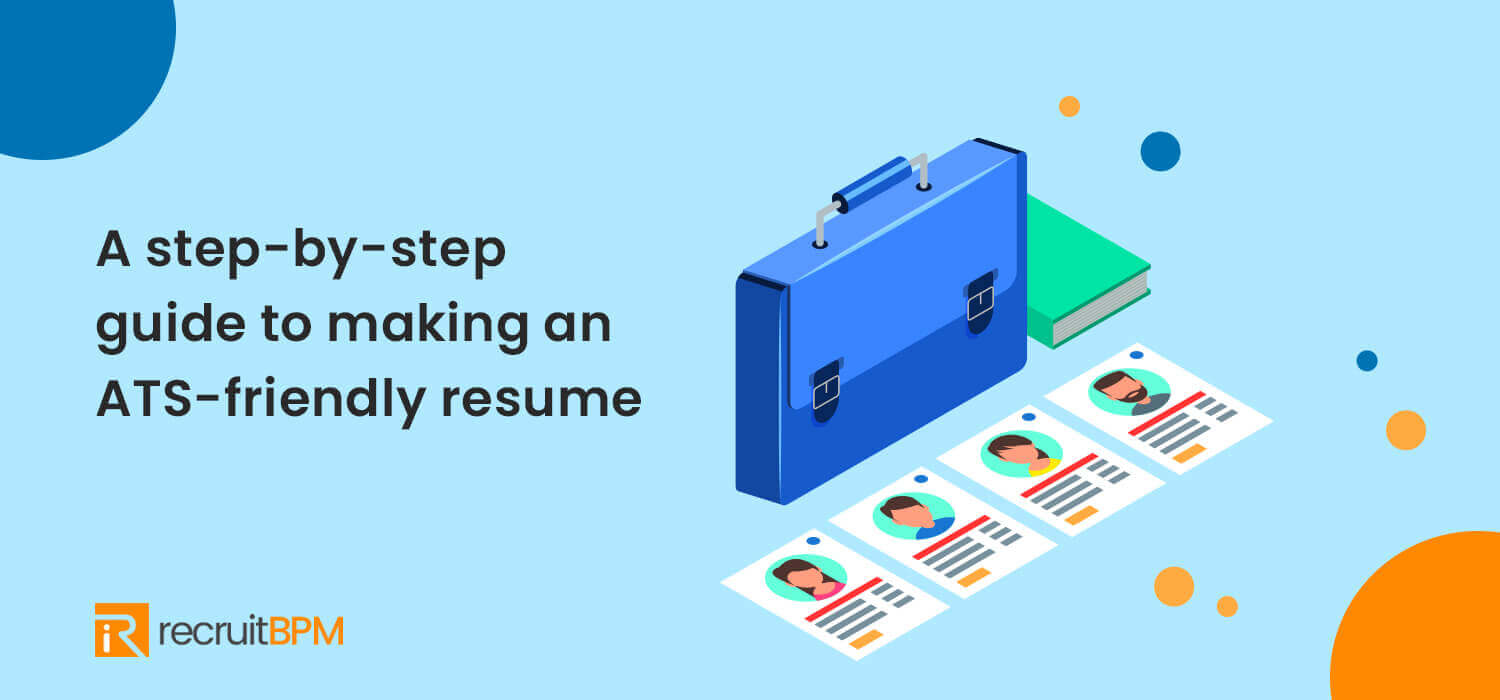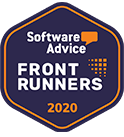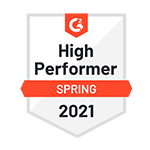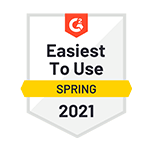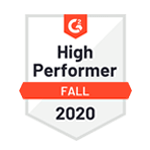Need for an ATS Compliant Resume?
Has it ever happened to you that your job hunting feels like you are throwing your resumes into a black hole for most of the times? Has it ever struck you if your job applications are being read at all? Perhaps, you might have heard that automated ATS Compliant Resume scanners reject myriad job applications before they even reach a human. It is actually true for most corporations that usually receive a high number of applications. If you don’t have an ATS compliant resume, you can’t really expedite the job-landing process.
In the contemporary times, the preview of job hunting landscape and the ways of recruiting has been completely transformed owing to the advancement in technology and web based solutions. Gone are the days when applicants needed to walk through to the hiring managers in order to land a desirable job, with negligible exceptions of course. Instead, now the applicants have online recruitment solutions at their disposal rather than physically filling out the particular monotonous forms for a job and sending their resumes via emails. These online solutions have resulted in a huge number of applicants applying for an open position. Consequently, the process of recruitment and hiring has become more and more competitive. Consequently, for any job position, the list of interested candidates exceeds far on the spectrum than the prospective candidates that the company is looking for.
How Does an ATS Work?
To circumvent this situation, the hiring managers and recruiters have begun using Applicant Tracking System more often—a software that assists them in organizing job applications and ensuring that the applicants do not miss out on any of the open positions. It is highly probable for an application from the past decade to have went through some kind of Applicant Tracking System. According to a research conducted by Jobs can, over 98% of hiring and staffing companies use an Application Tracking System. Whenever you apply for a job through online platforms, an Application Tracking Software receives and processes your resume. Hence, the structuring of an ATS Compliant Resume is the initial and pivotal step to get an interview call.
An ATS does not just track an application but does far more than this. It filters applications, parses resumes, and forwards the most relevant resumes to the hiring managers or the recruitment team. This is known as resume-scanning technology which you might have heard about somewhere.
Key Steps for an ATS Compliant Resume
The good new is that getting past the ATS is way simpler than you might be thinking. Read through the steps below if you’re interested in creating a potential ATS Compliant Resume that can traverse all the way to the hiring managers:
-
Apply Only to Roles You’re Qualified For
Many applicants normally think of an Applicant Tracking System as a robot standing between an applicants and the open positions. It is backed by the fact that recruiters read only a fraction of the total applications, about 25%, that they receive for most of the job postings.
However, for certain or uncertain reasons, most of the applicants condone the reason why do recruiters have adapted themselves to depend on these applicant tracking systems. The answer is simple; most candidates are not qualified for the job that the recruiter was filling for. Whereas, others are completely irrelevant.
So, first thing’s first, make sure you qualify for the roles you wish to apply for. Now, this doesn’t mean you have to hit every single job qualification or apply to a job only if you have the traditional background for it. If you fail to have the core skills needed to perform a particular job, you better do not waste your time or a recruiter’s.
-
Avoid Applying to many Positions at the Same Company
The recruiters can see all the roles a candidate has applied for at their company through the applicant tracking systems. Many recruiters notice that the same person is applying to every single job opening the company posts. This bears a negative impact as the recruiter can’t tell what exactly is the interest of that particular applicant or if even the applicant is aware of his/her abilities.
You may apply to both if a company has two similar jobs open. Similarly, you may apply for two very different roles if you have a wide range of core skills deemed necessary for those job openings and if you believe you are equally competent for both the roles.
Be careful that you shouldn’t be applying to an entry-level position and a managerial-level position simultaneously. Disregarding the hierarchy of job roles and applying erratically to the job postings indicates that the applicant hasn’t taken the time to consider the right choice of role for their profile. It can be said without a doubt that no recruiter is likely to take his/her time out to do it for you.
-
Include the Right Keywords
One of the many ways that the an ATS Compliant Resume checker narrows a talent pool is by searching for specific keywords for the job application. The recruiters can choose which keywords to look for. Normally these keywords are the expected qualifications, capabilities, experience, or characteristics deemed necessary for any particular job. Thus, the applicants ought to include focus keywords in their resumes for ATS scanning. A clue in this regards is to look for the core skills that surface more than once in a job posting and are referenced at the top of the job requirements and duties. Depending on the industry that you are applying in, certain qualifications and certifications might also be important keywords. For instance, in fields like nursing or in any other field where state licenses are essential, employers might expect to get all key information at a glimpse.
At times, an ATS Compliant Resume checker might be looking for exact matches. Take, for instance, an applicant who has got the all the relevant skills required for a job opening. However, he/she has composed their resume in a different language than is intended. In such a case, there is a high probability that the system might overlook that resume as the top applicant. For instance, if an applicant writes that he/she is an “ASW” but the ATS is looking for “Authorized Social Worker,” it may drop your resume. Similarly, an applicant writing ‘Excel Master’ instead of ‘Command on Spreadsheets’ might never make it past the ATS.
-
Choose the Right File Type
In the triviality of resume document-type debate, there are just two genuine competitors i.e. docs and pdf. PDFs are suitable for keeping your format safe. However, the format of docs is the most precise ATS compliant resume format. Thus, using docs file format is always better in order to move a resume past the ATS compliant resume parser. However, if the call for resume asks to use any particular file format, the applicants should abide by the instructions.
It is a common practice among the applicants to use web based resume builders. Therefore, it becomes critical to always consider the file format that results from these resume builders. If this is not the case, it is highly probable that such resume might not even make to the recruiters.
-
Create an Easy to Scan Resume
Ensure that your resume is comprised of acceptable content in regards to the ATS standardized rules and regulations. Additionally, make sure the ATS can figure out that information and deliver it back in a readable form. Fortunately, the ATS compliant resume formatting works in a like manner as do manual resume parsing does. Note here that the ATS will read from top to bottom and left to right, just the way humans do. For example, your name and contact information should all be at the top. Whereas, your work history should begin with your latest or current position. This will ensure that you have an ATS Compliant Resume.
There are three most common resume formats. Chronology, combinations of skills, and functions are their defining parameters. ATS Compliant Resume scanners lean towards the first two factors. Likewise, recruiter or HR professionals incline toward chronological and combination formats.
-
Avoid Fancy Formatting
It might torment you to hear this. Yet, you most probably need to dispose off that expensive resume format or detailed designed custom resume. Most ATSs parse the resumes of applicants to search for certain keywords. For this, the system changes the resume to a mere text file. Therefore, any fancy formatting will bear no added value to a resume. The ATS will, consequently, be unable to pull out the significant information since most ATSs aren’t developed to process designs. As a result, it may overlook the experiences that might have the potential to qualify you for the work owing to the fancy formatting. Hence, the applicants should focus more on making a simple and precise ATS Compliant Resume and avoid unnecessary fancy formatting.
-
Recommended Practice
Following are few recommendations make your resume free of insignificant details and good to go through ATSs:
Avoid inserting tables, text boxes, logos, images, graphics, and visuals.
Avoid inserting columns. Almost all ATSs read from left to right; some will definitely read columns straight across.
Avoid inserting header and footer. Most Applicant Tracking software drop the both; include all the relevant information within the body.
Avoid inserting uncommon headings. Use sections like Education, Work Experience, and Technical Skills etc. So, the ATS fully understands the order to process your information.
Avoid using Less common fonts. Apply some universal fonts like Arial, Calibri, Helvetica, Times New Roman, or Cambria.
For a free demo of the RecruitBPM and Resume-Library integration, sign up here.


